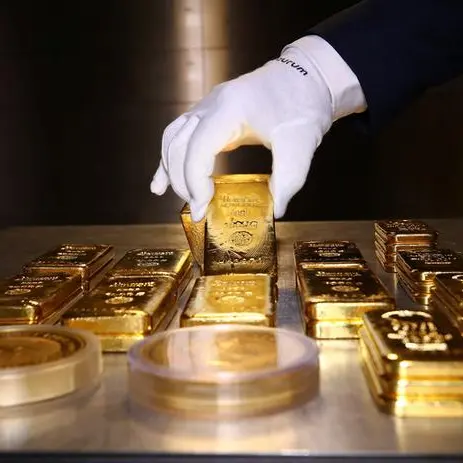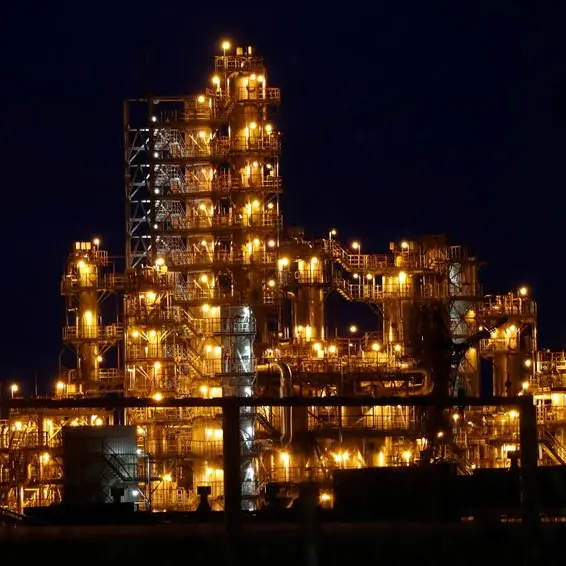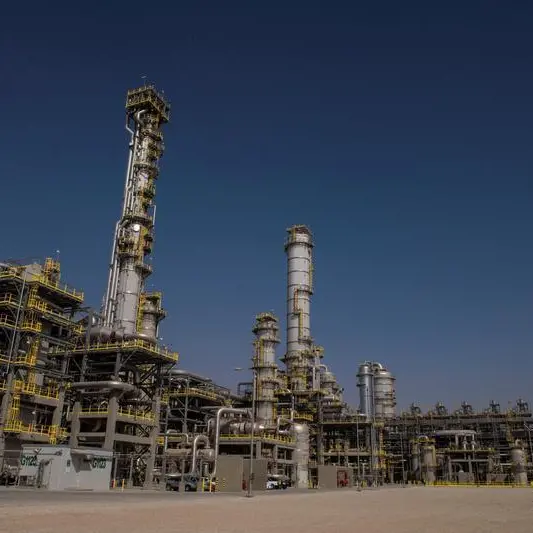PHOTO
The shift towards electric mobility is likely to cause a peak in oil demand before 2025, and with Venezuela and Iran eventually returning to the market, there could be surplus supplies and lower prices, according to private bank analysis.
In its latest fact sheet on crude oil, Swiss private bank Julius Baer said it was sticking with its neutral view but added that the market could become livelier with prices swinging more wildly going forward.
The bank said it was in the camp of cyclical not structural supply constraints, and had longer-term forecasts below the consensus, at $75 per barrel over a 3-12 month period.
However, oil prices breached the $80-mark for the first time since April as lower inflation numbers in the US triggered hopes that the Federal Reserve will ease off from further interest rate hikes.
Brent crude was trading 0.29% higher at $80.34 a barrel in the morning. On Wednesday, Brent settled 0.89% higher at $80.11 a barrel.
The Julius Baer update said it seemed unlikely that Saudi Arabia will have a “prolonged solo effort” to drive oil politics with production cuts, but the differing economic needs of the kingdom and other petro- nations could prevent a common strategy and risks undermining the group’s cohesion.
Regarding the outlook for China, the bank said: “While imports and refining show strength, the swift electrification of road transport, the rising exports of petro-chemicals, and the persistent economic challenges rooted in the property market suggest that China’s oil market impact is less price bullish than often perceived.”
The fact sheet added that recent shocks, including post-pandemic demand recovery and Russia becoming a pariah state, were temporary and that long lasting oil scarcity was not expected.
“The rerouting of Russian oil flows shows the market’s adaptability,” the bank said, adding: “The industry’s record profits dismiss the ‘ESG constraints’ narrative.”
(Reporting by Imogen Lillywhite; editing by Seban Scaria)












